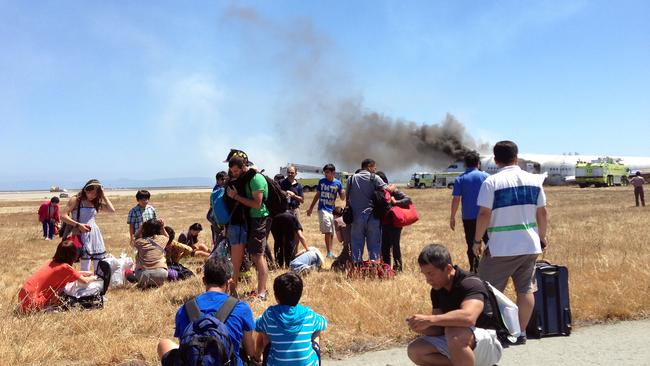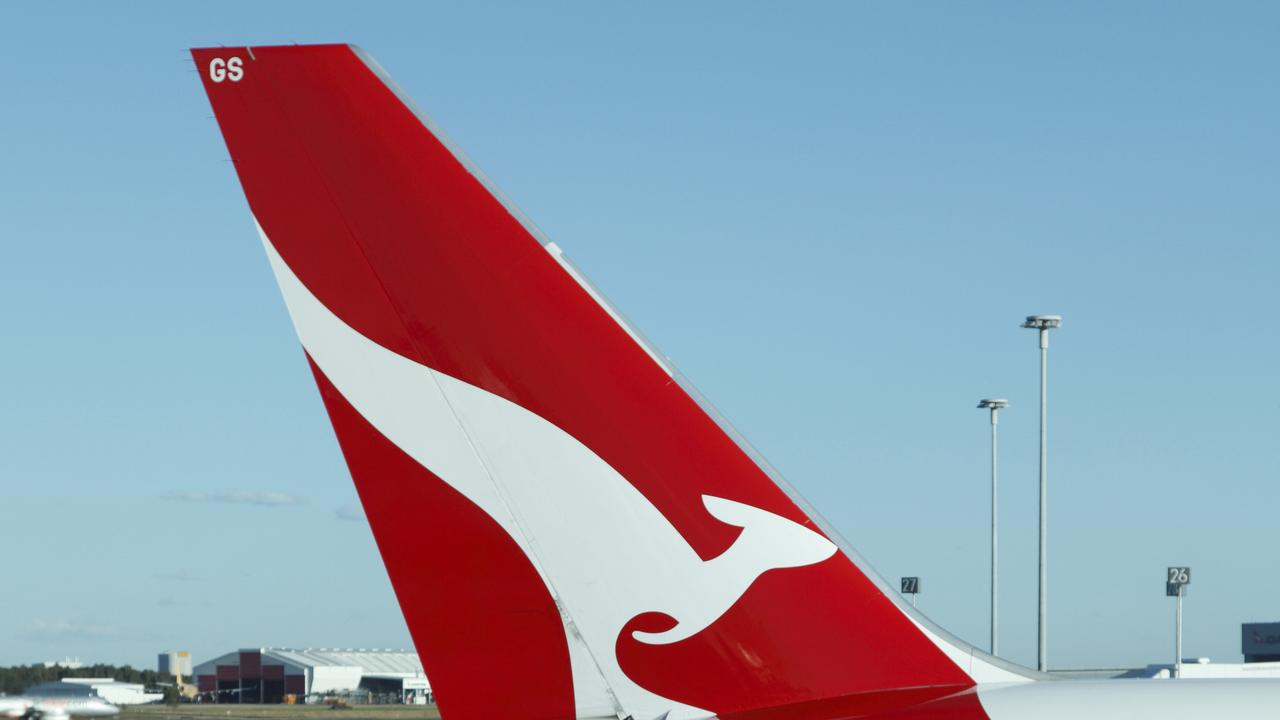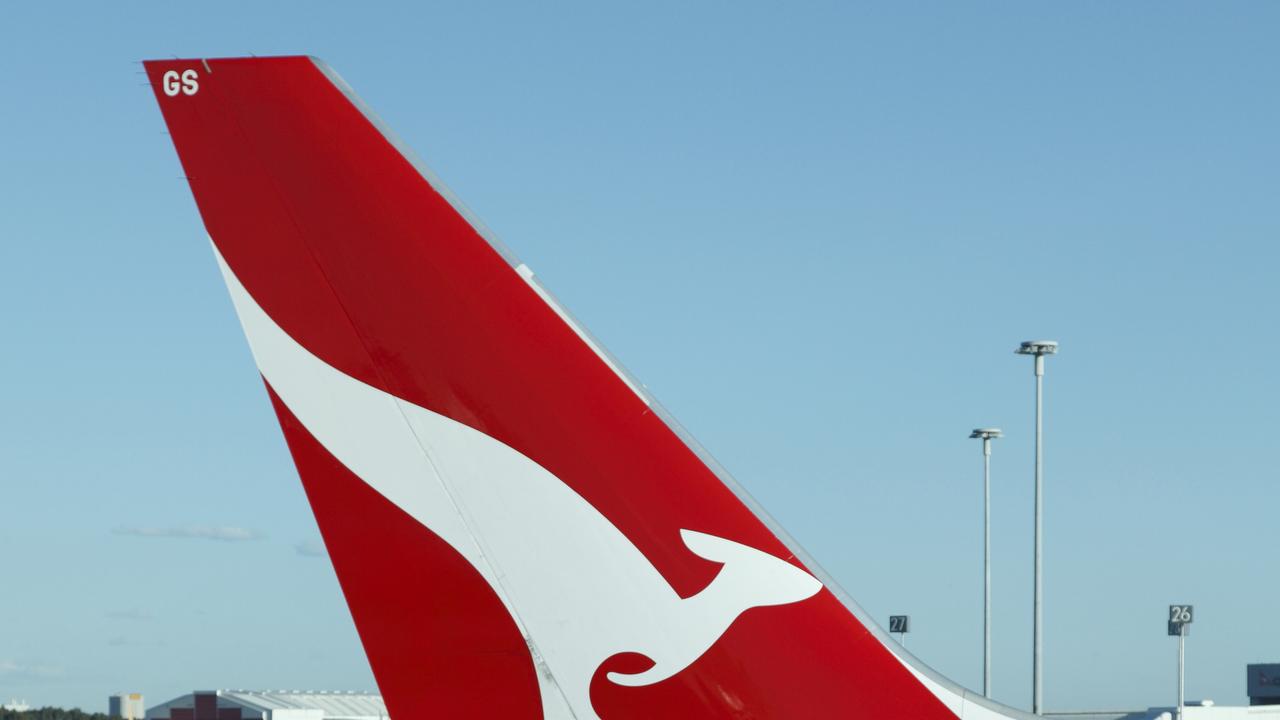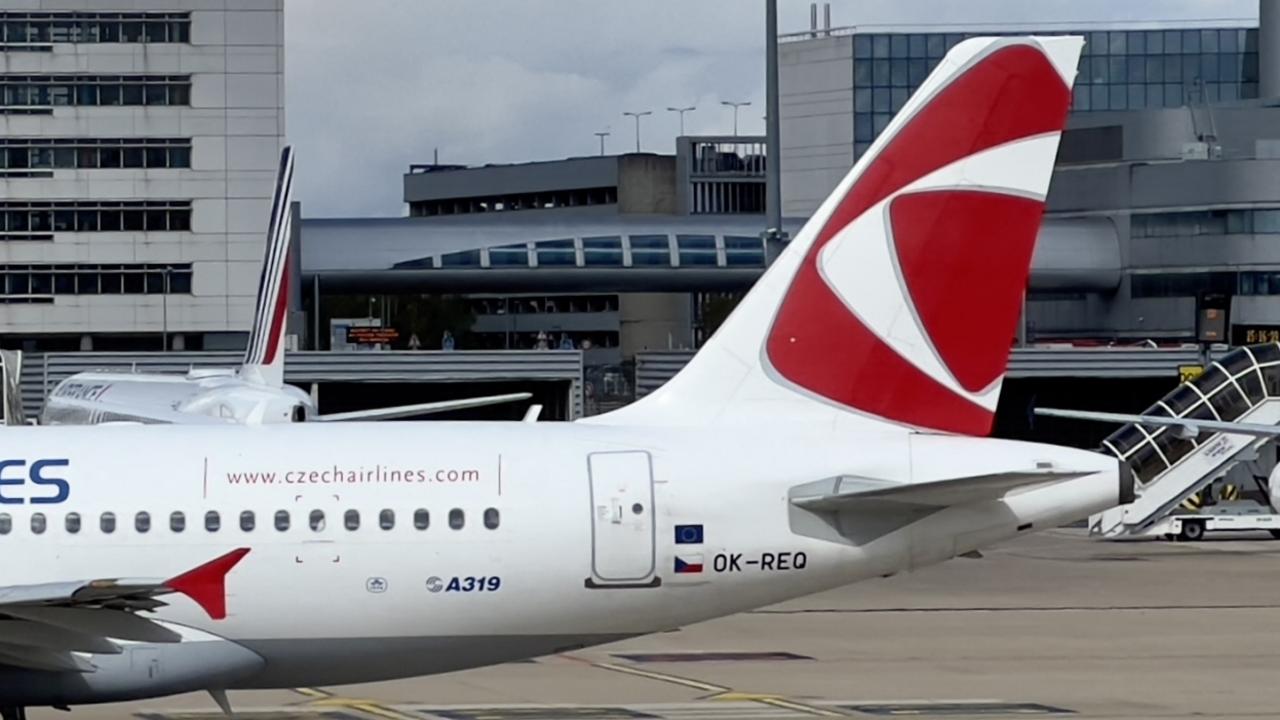The most important thing you need to know about flying, according to a flight attendant
FORGET those tips on which airline seat is the best, or how to get that longed-for upgrade. If there’s one thing you should know before flying, it’s this.

IF THERE’S one thing you should know before you take to the skies, it’s what really happens in the event of an evacuation. Sarah Steegar, a flight attendant with a major US carrier for the past 15 years, explains.
I’m often asked about emergency evacuations. But forget pondering where the safest place to sit is in the event of a crash, a more intriguing question is: “At what point should passengers take it upon themselves to initiate an evacuation?”
Generally, you shouldn’t. Always filter your concerns through the crew. That’s because one of the most important characteristics of any emergency procedure is that it will have been planned and prioritised, not only by the flight attendants on board but also in co-ordination with colleagues and responders on the ground.
Did you know that the best plan of action is often at odds with your natural instincts? That’s why it’s important to trust the crew’s judgment instead, and why one of the very things we guard against is a passenger initiating an evacuation.
Let’s look at a typical scenario.
As soon as an aircraft shows any sign of possible distress, those in the tower below “hit the alarms”. Fire trucks and ambulances are sent to the scene.
While the flight attendants wait for the plane to come to a complete stop, we’ll be yelling at you to “brace!”, “lean forward!” and sometimes even “heads down”. Then we listen for information from the pilots or an evacuation signal.

In a matter of seconds we’re mentally spooling evacuation commands specific to the aircraft and the exit that we’re in charge of that day, searching for helpful-looking passengers (if we don’t already have those in mind), and accessing the dangers (such as water, fire, smoke).
The crew’s evacuation goal is specific: to empty a full plane in 90 seconds, even with one side of the exits unusable. That’s what we’re aiming for when we practice our drills.
So it should all be over with very quickly. However, a long pause from us could be a good sign as it may indicate that there are no immediate dangers.
Either way, you don’t want to panic and make the situation worse, perhaps by opening a door close to a fire outside. In fact, I was recently told (this is anecdotal) that fire trucks sometimes put the fire retardant foam over the windows just so that passengers can’t see outside and panic.
Still, I’d hesitate to tell you to never initiate an evacuation. It’s impossible to imagine all possible scenarios. For the moment, let’s just say that crew incapacitation is the only example that springs to mind of when a passenger might want to just get out.
And please, leave that luggage behind! Don’t do what many of the passengers on Asiana Airlines flight 214 crash landing last July did, and lug your massive bags along with you. I remain stunned that this is what some people worry about, even when they’ve just crash landed. Knowing the time it costs to takes one’s bags (every second counts!), and the danger it poses to others, this upsets every flight attendant I have spoken to.
Such talk bears reminding that the chances of all this are about as high as you facing death by tripping on the street. I hope this never happens to any of us, but if it does — please, people — don’t take anything with you!
Sarah Steegar’s regular column, Crewed Talk, can be found every Tuesday on Flytertalk.com. She is happy to answer your airline and travel questions at @FATravelWriter.



